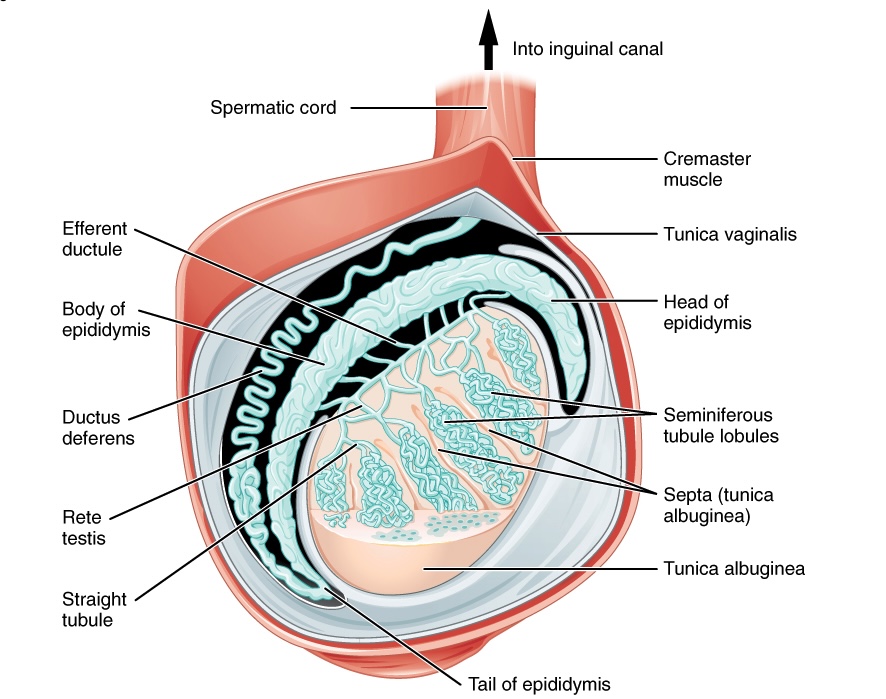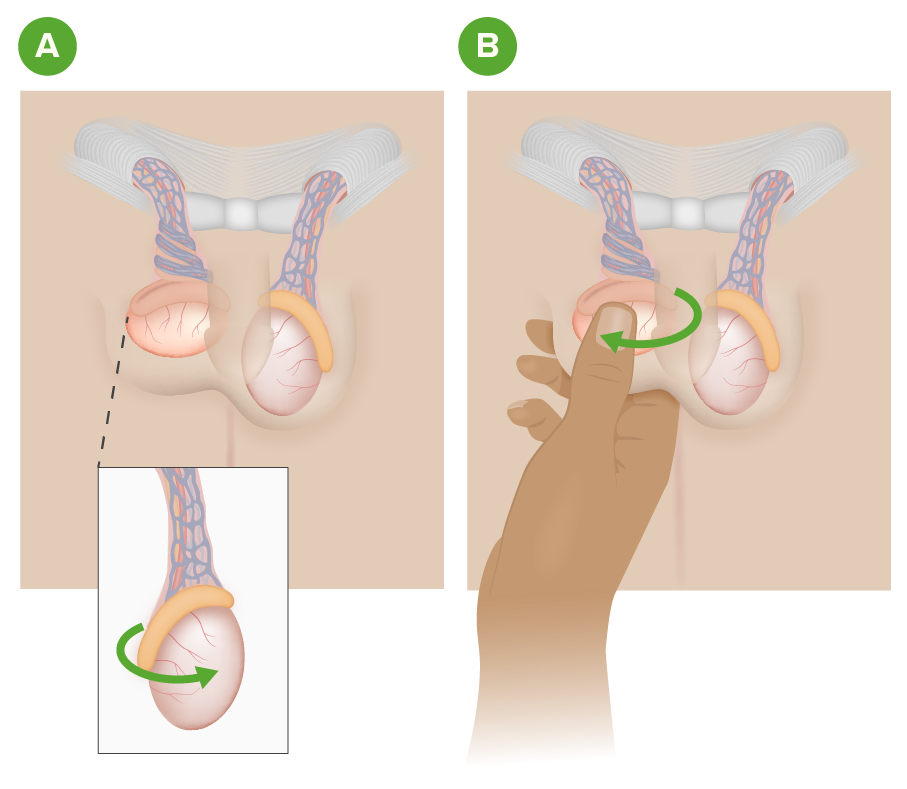Playlist
Show Playlist
Hide Playlist
Testicular Torsion
-
Slides Introduction Male Repro.pdf
-
Download Lecture Overview
00:01 Next topic is torsion of the testicle. 00:05 Let me tell you right off the bat that this is an emergency. 00:09 And let me give you a patient here. 00:11 Perhaps you a have male on a motorcycle and get’s into an accident and he falls of the bike, and the way that he lands or whatnot then causes torsion, okay? So if there’s torsion now that’s taking place, then now what happens is the fact that – My goodness gracious, you’ve lost blood supply and on top of that, there’s a lack of drainage. 00:33 And if you don’t get in there and surgically correct this, you, the patient, who’s suffering from this will lose your testicle, okay? So now that you’ve understood the importance of it, let’s get into the specifics. 00:48 Urologic emergency, requiring correction within 6 hours. 00:52 That, you have to know. 00:54 If not, then you’re worried about risking the loss of your testicle. 00:59 It is a congestion type. Why? Because torsion, when you twist the spermatic cord and company, then you’re going to block drainage. 01:07 Ischemia, due to twisting of the spermatic cord, compressing the vasculature. 01:12 Not only to the testicle, but then also the vas. 01:16 Neonatal torsion is most common on extravaginal process as a result of the tunica vaginalis not being well-fixed to the scrotum wall. 01:26 Make sure you know about two types of torsions here with ages. 01:32 Neonatal, most common will be called extravaginal, to scrotal wall. 01:37 The torsion involves the entire testicle, the tunica vaginalis. 01:42 Now, it is a distinct entity from testicular torsion in older patients. 01:47 Let’s walk through this patient. 01:48 Two populations for testicular torsion in which you would then call this intravaginal. 01:54 But when you say vaginal in a male, do you understand what we’re referring to? Okay. 01:59 There’s no – This is a genotypic male, XY, in a phenotypic male. 02:04 So what does “vaginal” refer to? Tunica vaginalis. Are we clear? Okay. Now, when you say intravaginal torsion, when the testis twist within the tunica vaginalis, hence intravaginal. 02:19 Neonatal torsion in infants less than 30 days old is called an "extravaginal process" because it involves twisting of the testicle, the spermatic cord, AND the tunica vaginalis which has not yet attached to the scrotum. 02:31 Thus, neonatal testicular torsion occurs after the testes descends, but prior to their fixation within the scrotum. 02:38 In children OLDER than 30 days old as well as adolescents and adults, testicular torsion does NOT involve the tunica vaginalis and is called an "intravaginal process" even though it occurs in boys. 02:51 How do you manage this patient? Well, surgery. 02:54 And the reason for this, because you’re worried about losing the testicle. 02:59 Ultrasound and Doppler diagnosis if low probability of disease. 03:03 And definitive treatment is surgery, temporizing and there’s also something called manual detorsion. 03:09 You do everything in your power to make sure that you correct this patient in the emergency room or operating room.
About the Lecture
The lecture Testicular Torsion by Carlo Raj, MD is from the course Male Reproductive System Diseases.
Included Quiz Questions
Which statement regarding testicular torsion is TRUE?
- It is an acute scrotal condition that is a urologic emergency.
- It mainly affects neonates.
- It is always due to trauma.
- It is usually associated with testicular hemorrhage.
- It is due to blockage of the spermatic vessels by a thrombus.
Which of the following is TRUE regarding neonatal testicular torsion in a patient under age 30 days?
- It involves torsion of the testicle, the spermatic cord, and the tunica vaginalis (called an "extravaginal" process)
- It involves torsion of the testicle but not the spermatic cord and the tunica vaginalis.
- It involves torsion of the testicle but not the tunica vaginalis (called an "intravaginal" process).
- It does not involve the tunica vaginalis because attachment of the scrotum does not occur until age 6 months.
- It is due to birth-related trauma (called "intravaginal")
Customer reviews
5,0 of 5 stars
| 5 Stars |
|
5 |
| 4 Stars |
|
0 |
| 3 Stars |
|
0 |
| 2 Stars |
|
0 |
| 1 Star |
|
0 |





